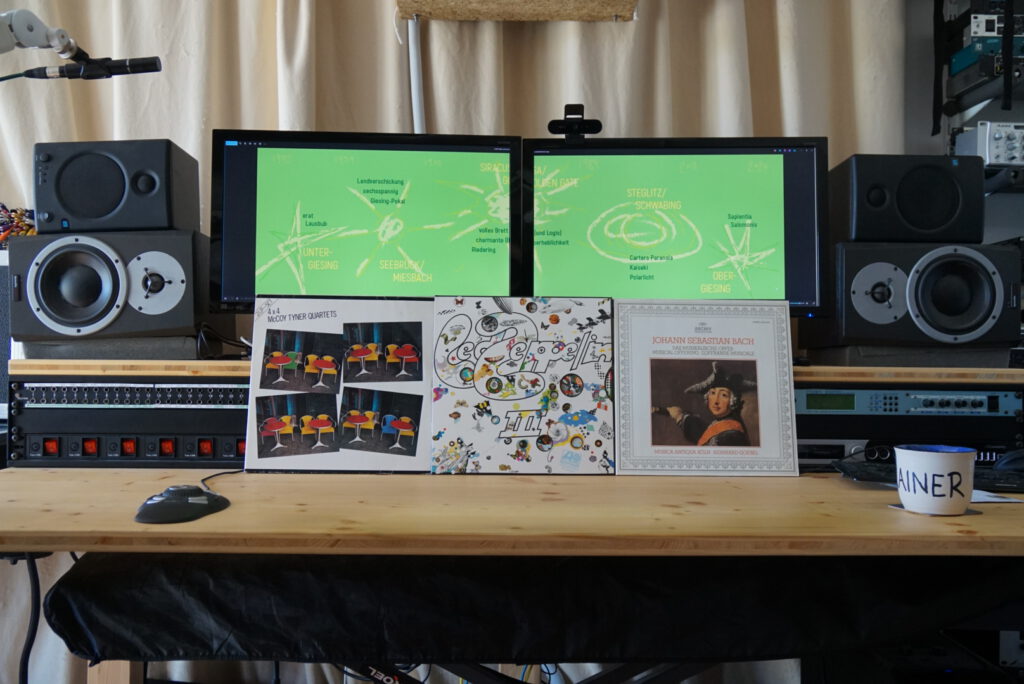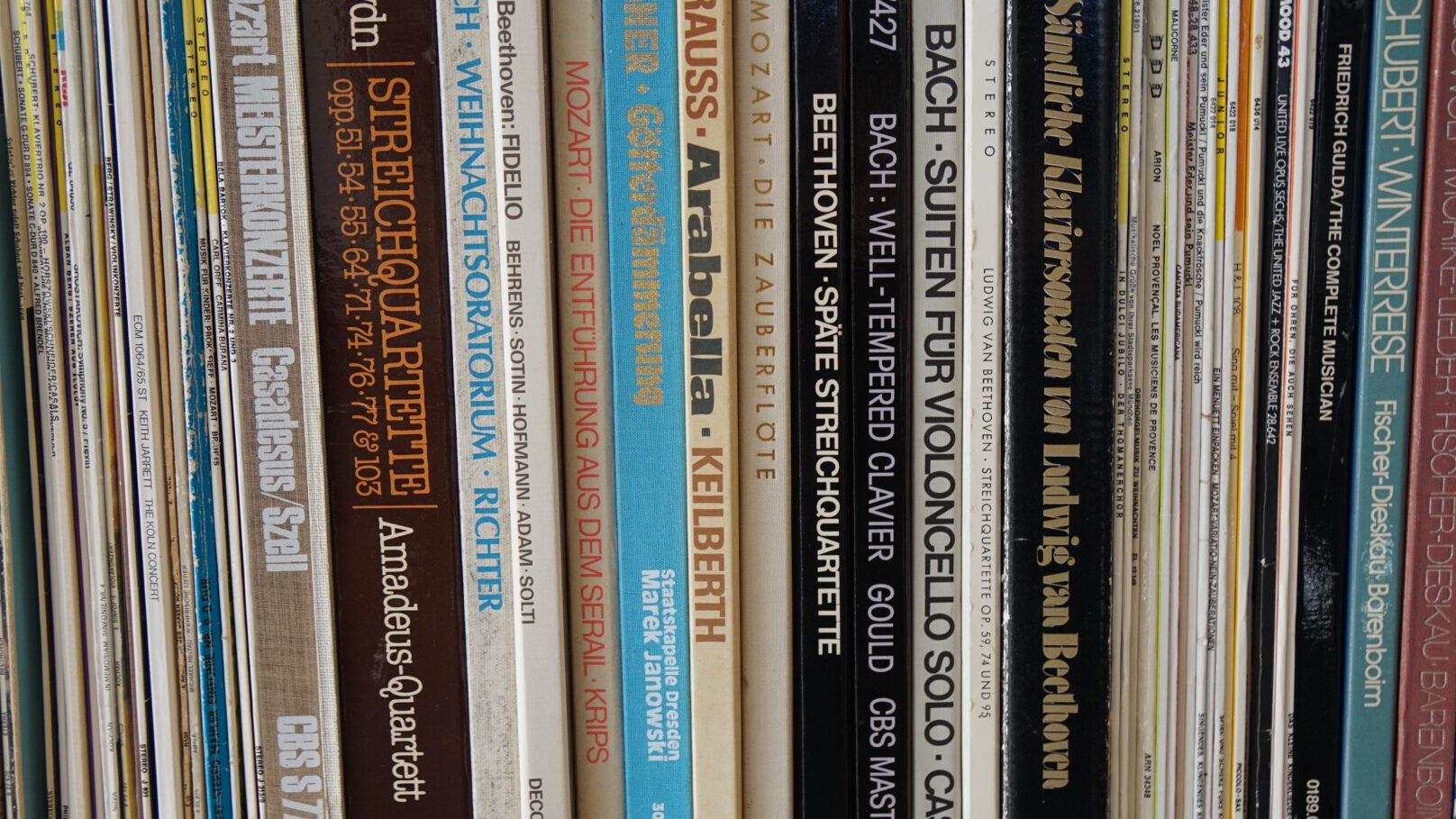This was one of the decisions that didn’t happen for a long time. In fact, it was the last big decision to be made regarding this big project of mine. So what was the decision?
MAX will have a double vinyl release. In a gatefold cover.
But why? And why that late of a decision?
It’s not about The Music
Or rather, the audio quality. Let’s do some numbers: a vinyl LP can go to a SNR in the 70dB range, and even reach frequencies beyond 25kHz. On a pristine playback system, with a fresh needle, and a fresh vinyl copy, and with a roloff to each end. Compare that to the weakest of all (non-data-reduced) audio formats, that of the CD: 96dB technical (but more with clever use of dither and noiseshaping), and up to 22.05kHz in a flat fashion. The early days, when recording, premastering, mastering, and consumer electronics design engineers didn’t know what they were doing are long gone. CD wins. And I won’t even talk about the digital download (which will be 24bit/48kHz as it has always been).
The Visual Impact
What can you do on a surface of ca. 240x120mm of the centre page of a CD booklet? Compare that to the roughly 300x600mm of an opened vinyl gatefold, and that’s a factor of more than twelve. Twelve.
And with that, I already rest my case.
True, you are not as flexible with 6-page gatefolds like you are for digipaks or digisleeves (it’s not only about prohibitive costs, but finding someone who does supply that off-the-shelf in small quantities). But you already have at maximum the gatefold. And two printed innersleeves (I’m excluding the labels for now, of which you have four over the CD’s single one). That is a surface area roughly 7200 square centimetres!

Vinyl or CD Revival?
Although this is mainly an assumption: people who choose to do so will maintain their record players. CD players, on the other hand, may just disappear. Unless the CD revival gets huge traction (and according to industry figures, it might not).
Insights on User Experience
Finally, the mastering Tonmeister shared interesting insights from his main clients (Deutsche Grammophongesellschaft and ECM): „People don’t really play records anymore. They buy the vinyl, and then put it on a shelf or read the text while they listen to the music on a streaming platform“.
And that somehow sealed the deal. Because it’s much more enjoyable to hold a vinyl gatefold in your hand than a CD digipak or other.
The Trade Study
This is a situation where I usually do a trade study. This is kind of what I do from the dayjob context, and successfully so. So much that in one organization, „we need to do a fancy Rainer diagram“ was code for „let’s do a trade study“.

I did one. And after setting up data and parameters: it was a draw between all options. No wonder I wasn’t able to make a decision.
Scheduling Impact
Here’s a reality check: lead time for the pressed vinyl is something like 10 to 12 weeks. Which means it won’t be ready for December 24th of 2025.
That is within project definition, though: the goal was to have the digital download ready by this deadline.
And the vinyl? Will be available by April 15th of 2026, which is also a special date.
